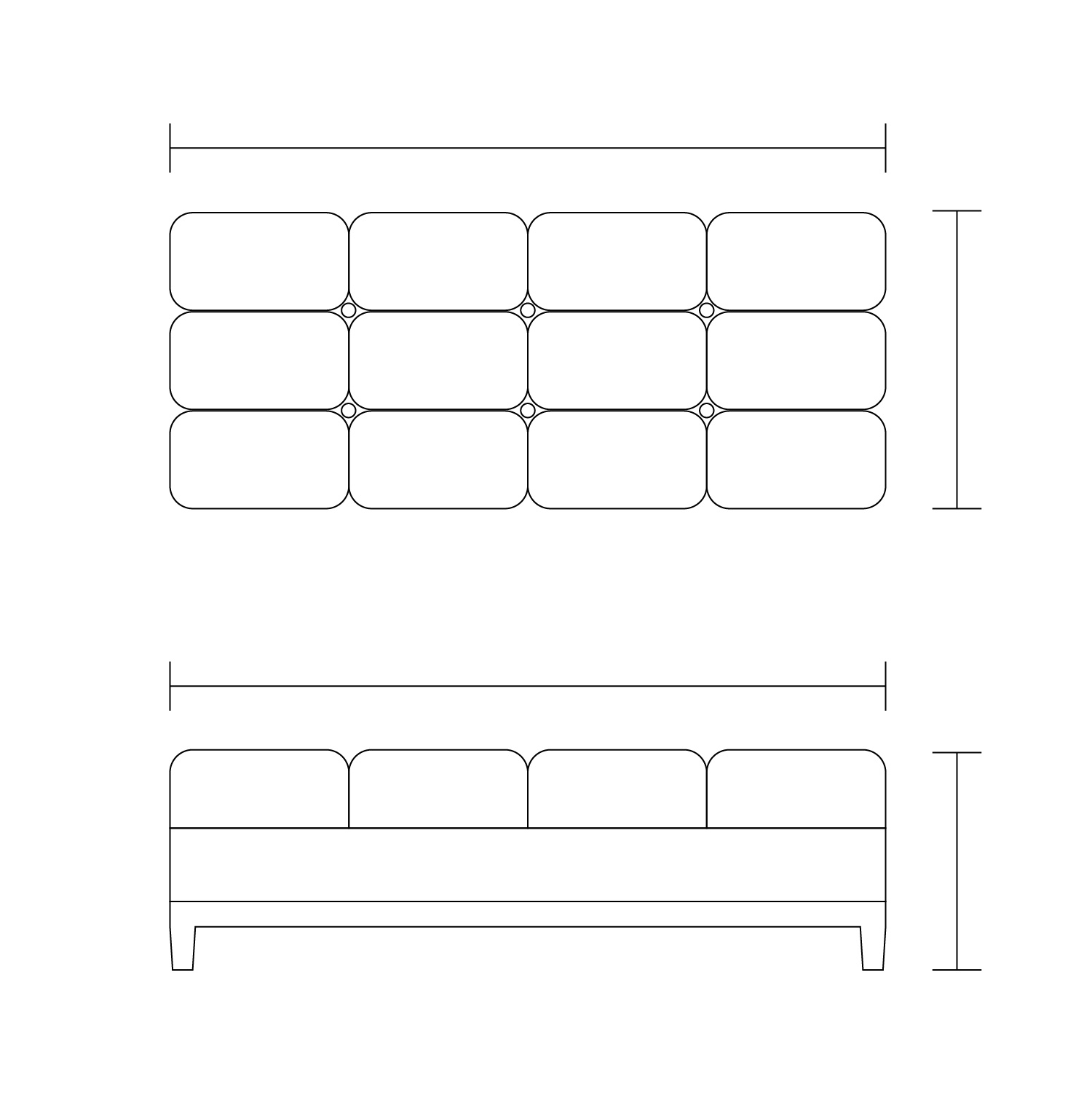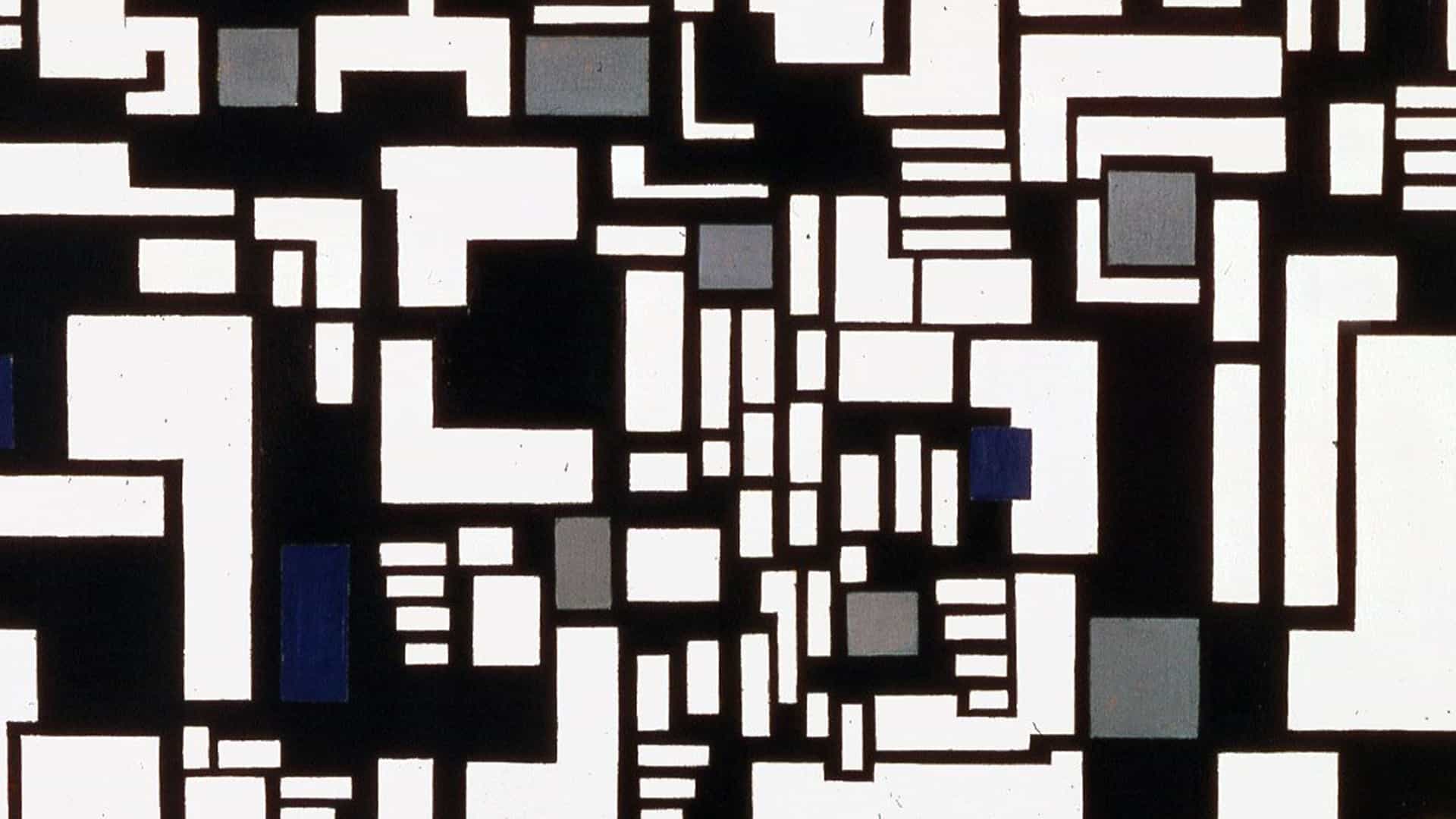
DE STIJL : Style & Decor
| EN | TH |
Let’s take a look at the artistic movement called De Stijl. This context will help you understand the basic concept and also allow you to appreciate the Mondrian look and more. You will get insight into its origins and development through the years as well.
Introduction
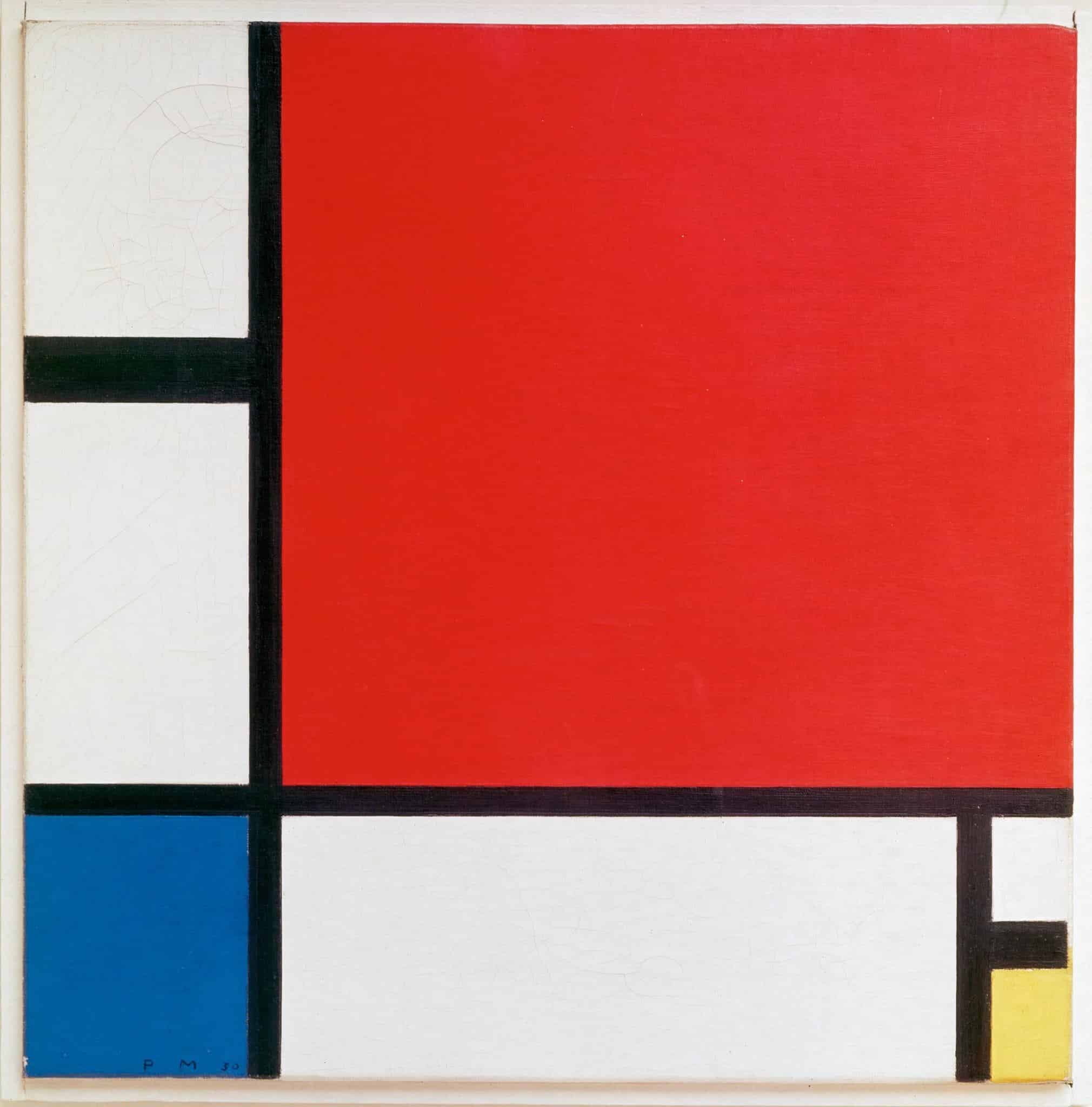
Credit : common.wikipedia
“De Stijl” or “The Style” is a small group of artistic movements that originated a hundred years ago. It ended in just over ten years since 1917 when the group started and it collapsed in 1931. Although it was a small art group and did not last for a long time, the impact of this group’s work continued to the great era of Modernism and even influences those who pursue Contemporary and Minimalism today.
Although triangles, squares, or circles are “basic shapes” or “Primitive Forms” and have been used as the basis for design and art since human beings started creating, there was hardly any design or architecture that was solely based on these shapes.
Before the 20th century, most designs and artwork were entirely bound to or inspired by humans, animals or plants, whether it was a painting, sculpture or architecture, resulting in exquisite beauty and complexity. It created an impression on people of all ages and has been used over and over again until now. We tend to call these pieces as a whole as classic art.
Since the middle of the 19th century, the artists and architects as well as many designers seeking a new and unique beauty, tried to escape from the traditional Classic art of the past until it gave rise to many different artistic movements such as the Art and Craft Movement, Charles Rennie Macintosh, as well as the De Stijl group, etc.
What is De Stijl?
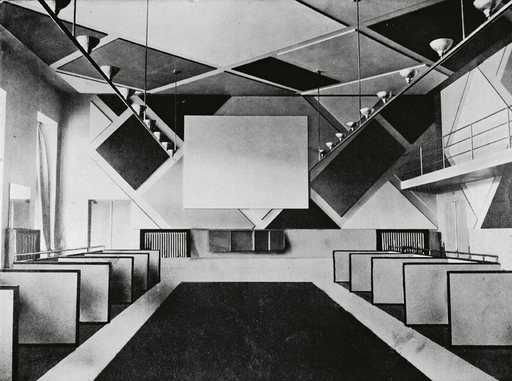
The cinema and ballroom of the Cafe Aubette designed by Theo van Doesburg, photographed in 1928 Courtesy Musées de Strasbourg
Credit : Tate
De Stijl is an art and design movement that was founded around 1917 in Holland. The movement strived to express certain universal concepts through reduction, elimination, simplification and abstraction. The use of primary colors, grey, black and white, and planes, rectangles and verticals was involved.
De Stijl was born from a group of Dutch artists, architects and sculptors who had the idea of finding a new kind of beauty that was radically different from the classic beauty. They wanted it to be completely unrelated or to lack even a glimpse into the life elements(any elements related to life). Instead they chose to use the basic elements of the design, such as points, lines and planes (Dots, Lines & Planes) together with primary colors or primary colors such as yellow, red, blue and black to create unique and outstanding work in that era.
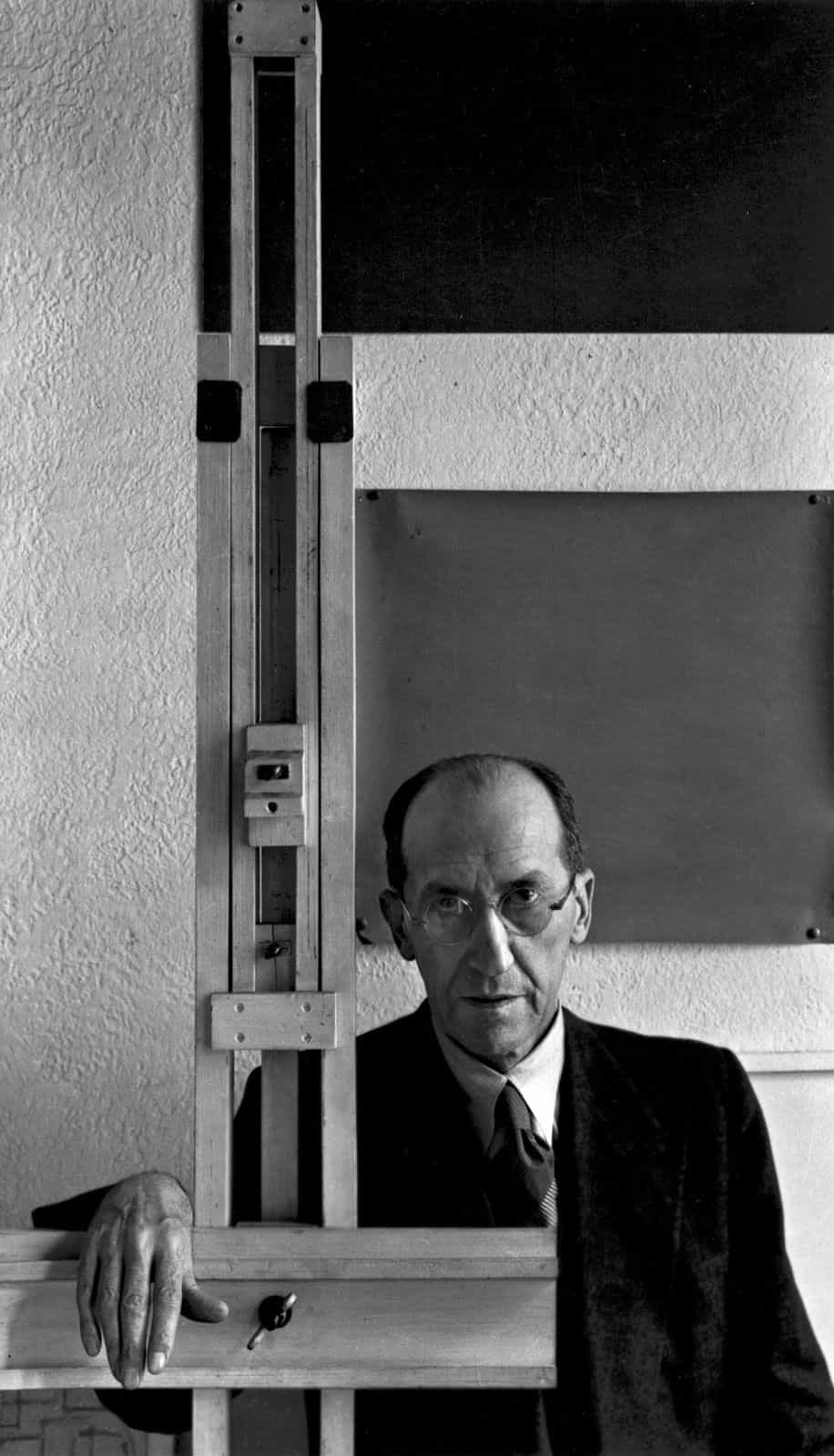
Credit : Britannica
Piet Mondrian, a Dutch artist, was one of the co-founders of the De Stijl group and one of the group’s most important and prominent painters. Initially in the profession, Mondrian studied and created works in the Impressionist genre before turning his attention to and developing his work in Cubism. He then turned to the development of his writing in the genre of Neoplasticism. During World War I he had to move from Paris back to his home in the Netherlands until almost the end of World War I. He moved back to Paris and joined Theo Van Doesburg to form the De Stijl Group in 1917.
Piet Mondrian’s outstanding works are based on the use of point, line and plane elements in combination with primary colors such as red, yellow and blue. They resulted in abstract works that created a new phenomenon in the art industry
The established De Stijl group has created a new twist and challenged the art and design community. It emerged from the courage of certain artists to use only a few basic elements to create an impressive portfolio. The work of this group has also influenced other sculpture, architecture and various print media work as well.
Elements of De Stijl in design
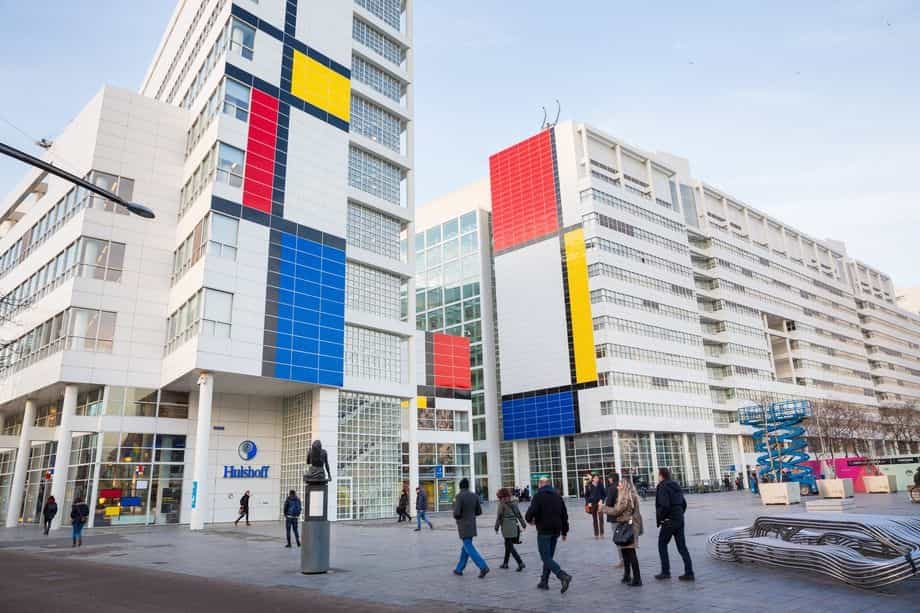
Credit : curbed .com
o In architecture, it is common to see a flat roof and asymmetry in the structure.
o Windows and doors are defined in rectangular shapes.
o Primary colors are used to highlight gray, black or white walls. Neighboring colors used through the space are usually in high contrast.
o The sizes of windows on the same building will vary from small to large.
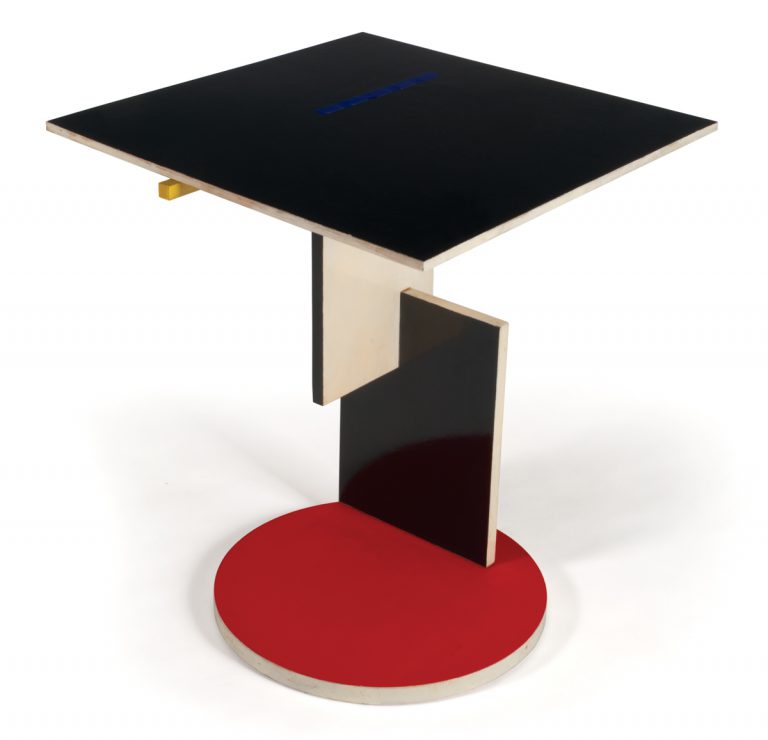
Credit : kirklandmuseum
o Tables and chairs are used to emphasize the concept.
o Furniture is meant to complement the interior with geometric forms, rectangular planes and straight lines.
o Decorative motifs are lacking and instead, unadorned surfaces arranged in geometric shapes are the source of beauty.
o Artwork is usually prohibited since the house or building itself is considered a work of art. Decorative arts are usually not used in De Stijl houses.
Famous De Stijl works
Red and Blue Chair
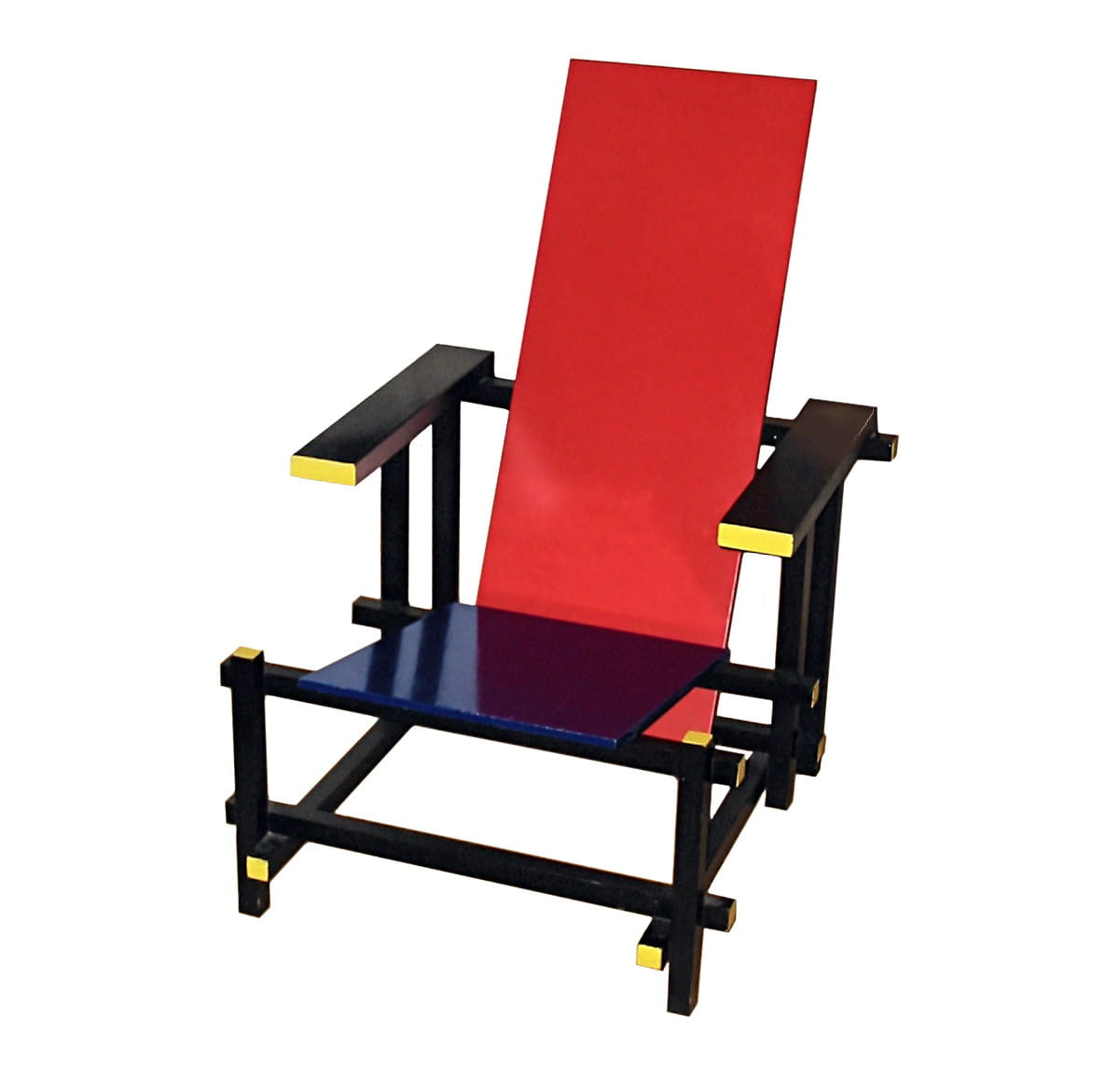
Credit : wikipedia
Gareth Rietveld is a Dutch furniture designer and architect who adheres to De Stijl’s approach, his most famous contributions are the Red and Blue Chair and the Rietveld Schröder House, which is also preserved as a UNESCO World Heritage Site. This chair was designed in 1918 but finished in 1923. It is considered one of the most canonical De Stijl works.
Composition A
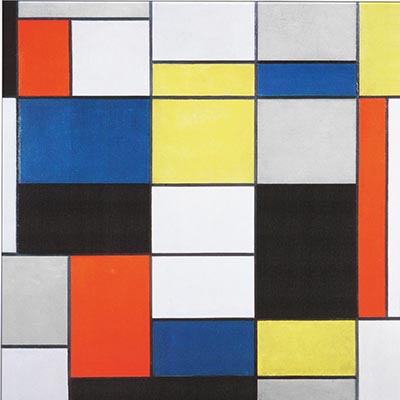
Credit : theartstory
Composition A by Piet Mondrian is a famous De Stijl artwork. The title itself announces the non-objective nature of the piece. It refers simply to itself. It is one of the best examples of the geometric abstraction of Piet Mondrian. Here he used primary colors with black and grey but his later works would mainly be composed with primary colors only.
The Rietveld Schröder House
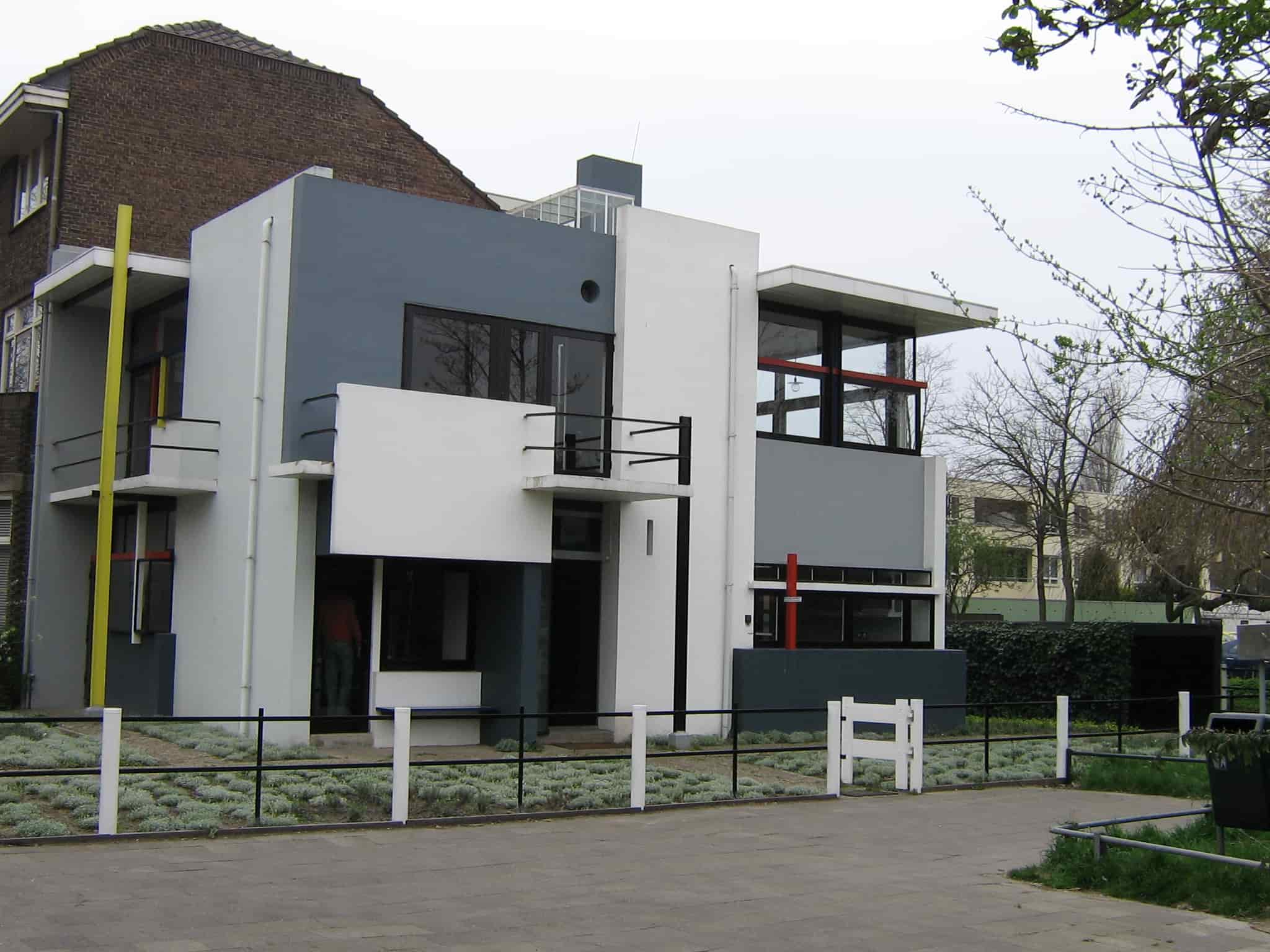
Credit : wikipedia
The Rietveld Schröder House, located in Utrecht, is a small two-story house designed by Rietveld for Mrs.Truus Schröder-Schreder, under the concept of line and plane composition combined with the use of distinct primary colors, including red, yellow and blue, resulting in an authentic De Stijl style both inside and outside the building.
The Art Nouveau metro entrances in Paris are a part of its distinctive architecture. The avant-garde entryways were designed by Hector Guimard and are a symbol of the Golden Age of Art of the city. As the Metro was being built around the early 1900s, the Paris Metropolitan Railway Company wanted to make the new underground system aesthetically pleasing for the public. This is why they commissioned Guimard for designing the entryways as elegantly as possible. Guimard then decided to craft these entryways in cast iron set in concrete and had them painted in a green shade similar to oxidized brass. Using cast iron, he could create the curved forms characteristic of the Art Nouveau style. The concrete element allowed him to add sculpted details to each design. The edicule or kiosk metro entrance he built has a fan-like awning that is made of glass. This design is inspired by one of the major motifs of Art Nouveau; dragonflies. There are only two original edicule entrances that still exist in the city now. Another entryway designed by him is called entourage or enclosure. It has two lamp posts in a serpentine design which are joined with a sinuous arch. The glowing red orbs at the top of each post are similar to flower buds or the eyes of an insect. There are 86 remaining Art Nouveau entrances designed by Guimard all around Paris.
The Development of De Stijl
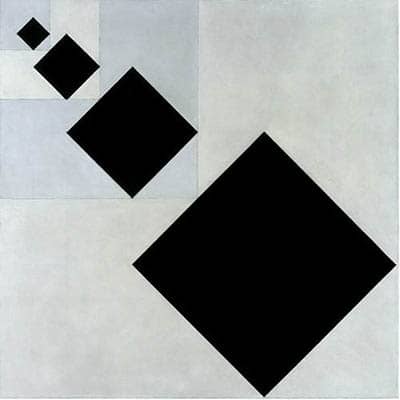
Theo van Doesburg: Arithmetic Composition
Credit : theartstory
































